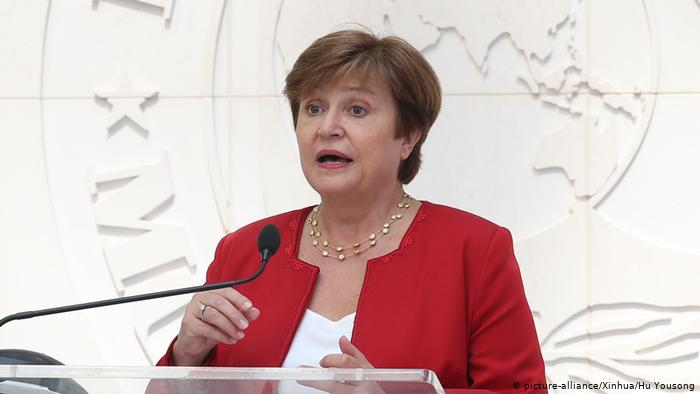The International Monetary Fund (IMF) has projected the GDP of the Middle East and Central Asia (MCD) region to fall by 4.1 percent this year. This contraction, according to the IMF, is 1.3 percentage points larger than projected in April 2020.
This is according to the region’s October Economic Outlook Report released by the IMF.
The recent downgrade according to the IMF, is as a result of the deleterious effect of the COVID-19 pandemic across the region, though countries are cautiously proceeding with reopening. The Fund added that the necessary public health response to the pandemic has greatly decreased mobility and has come at a steep economic cost.
The IMF further noted that, with global recovery subdued, downside risks continue to dominate the outlook as the pandemic continues to test countries. To this end, the Fund noted that ensuring adequate resources for health systems and correctly targeting support programs are still immediate priorities.
The MCD region responded to the pandemic with swift measures to mitigate and contain the virus. The IMF pointed out that, countries introduced a range of policies to restrict foreign and countrywide travel, close businesses and schools, trace and quarantine individuals at risk of contracting the virus, and require mandatory masks and gloves.
The Fund indicated that, despite supportive policies, growth revisions also appear to be reflecting a deeper-than-expected impact of lockdowns on mobility, in addition to weak global growth.
Compared with other regions, the contraction in the MCD region is broadly in line with oil exporters and middle-income countries in sub-Saharan Africa, but nearly half that of Latin America and the Caribbean, reflecting the lower impact from COVID-19.
Consumer demand took a hit on the back of weak tourism and remittance inflows, which are key income sources for the region. International flights have all but stopped in many countries.
According to the IMF, remittances saw declines ranging from 6 percent year over year in Uzbekistan to more than 25 percent in the Kyrgyz Republic during the first half of 2020. Remittances in Pakistan have so far bucked the trend on the back of strong flows from the United States and increased usage of formal remittance channels.
Oil-exporting countries were hit hardest by a double-whammy of the pandemic and the resulting sharp decline in oil demand and prices. With the plunge in oil prices and output, available data point to a collapse in oil revenues during the first half of 2020, approaching a maximum of 50 percent (for Iraq).

The Fund expressed concern regarding oversupply and large inventories as well as continuous decline in demand which will be dampened by low air traffic volume despite recovering road traffic in the near and medium term.
“Oil futures curves indicate that prices are expected to increase toward $48 a barrel in the medium term (from $41 for 2020), remaining some 25 percent below the 2019 average”.
The IMF has however, advised that in the near future, governments and policymakers need to continue to act decisively to secure jobs, provide liquidity to businesses and households, protect the poor, and put in place a carefully designed economic road map to recovery.
The IMF added that further actions will be necessary to address pressing vulnerabilities in countries with limited fiscal space to ensure a smooth recovery while maintaining macroeconomic sustainability.





















